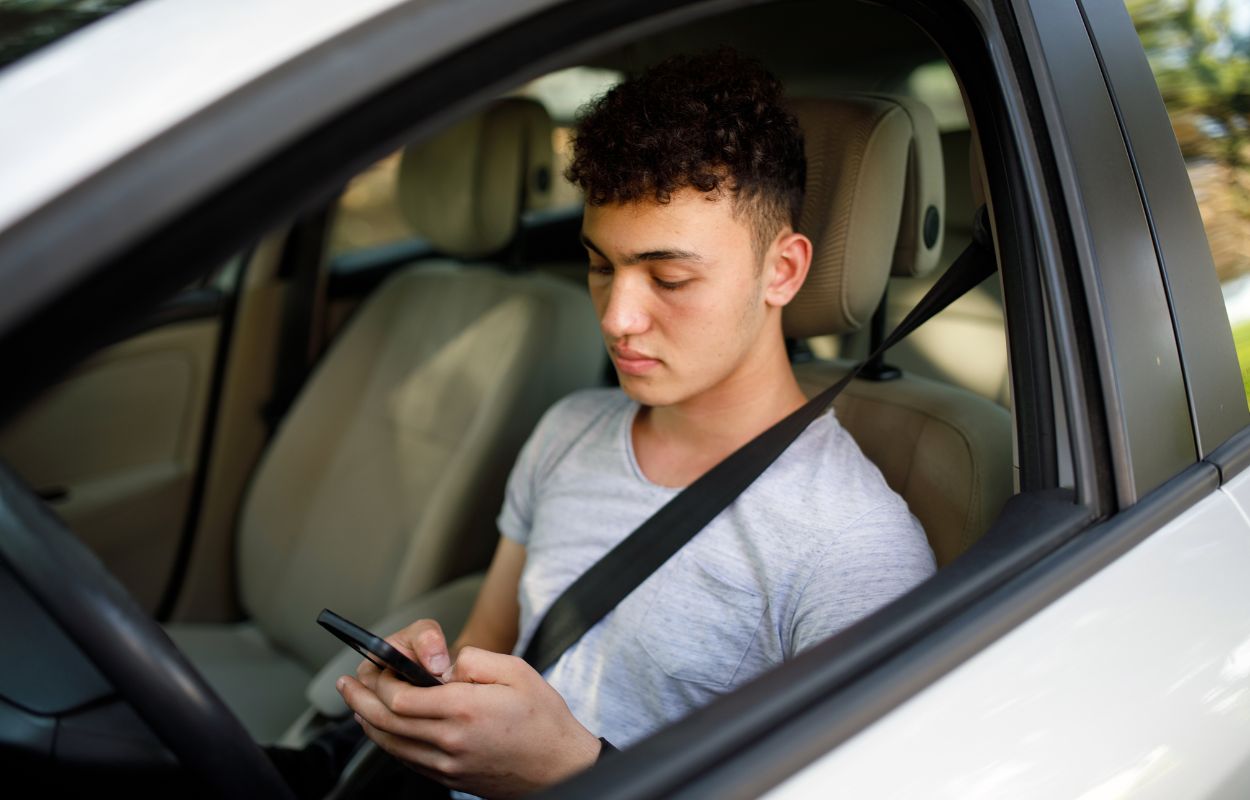Don’t Scroll Down the Wrong Path: Keep Your Eyes on the Road!

Timothy R. Primrose, Mobile Forensic Analyst
Distracted driving is a pressing concern in today’s technologically driven society. The ubiquity of smartphones and their integration into our daily lives has led to an alarming increase in accidents caused by drivers using their mobile devices. Mobile forensics is a crucial tool to investigate these incidents.
Distracted driving encompasses a range of activities that divert a driver’s attention from the road. One of the most prevalent sources of distraction is the use of cell phones. Engaging in activities such as texting, browsing social media, or watching videos while driving significantly impairs a driver’s ability to react promptly and appropriately to surrounding traffic.
Statistics reveal the grim consequences of distracted driving. The National Highway Traffic Safety Administration (NHTSA) reports that in 2021 there were over 3,000 fatal motor vehicle crashes involving distracted drivers in the United States. These incidents account for 8% of the total 39,508 fatal crashes which occurred that year. An additional 644 non-passengers, including pedestrians and bicyclists, were killed due to distracted driving.
Mobile forensics is a branch of digital forensics that focuses on the recovery and analysis of mobile device data. When an incident that may have involved distracted driving occurs, meticulous analysis conducted by mobile forensic experts can uncover critical evidence to help discern liability and reconstruct events.
To accurately determine whether the driver was using their phone at the time of the incident, multiple sources are used to validate the time of the crash. This process involves examining 911 dispatch logs, reviewing security footage from nearby businesses or traffic cameras, analyzing dash cam footage from involved vehicles, and gathering eyewitness accounts. Information gathered from these sources can aid in providing more comprehensive context and corroborate the data obtained from vehicle operators’ cell phones.
By examining call logs, experts can determine whether the driver was engaged in distracting activities, such as a conversation. In some cases, experts can even confirm whether a driver elected to not use hands-free mode when answering or initiating a call. Text logs record when text messages are sent, as well as timestamps for when messages were received and opened. Records of application usage and browser activity reveal whether the driver was using social media, browsing the internet, streaming videos, or engaging in other distracting activities.
Swift action to extract data from cell phones is imperative to ensure preservation of digital evidence and prevent spoliation. Cell phones are frequently lost, traded in for an upgrade, damaged, or destroyed (accidentally or purposely). If enough time passes, device data may also be overwritten. While carrier records can allow experts to analyze call and text message logs when the phone is not available, there are limitations to what data these records include and how long they are retained. These variable factors are dependent upon the device model and carrier network.
Categories: Mobile Forensic Analyst | Mobile Forensics | Timothy R. PrimroseTags: Cell Phone Downloads | Cell Phones | Data Extraction | Digital Evidence | Distracted Driving | Impaired Driver | Infotainment | NHTSA | Spoliation | Transportation Safety


